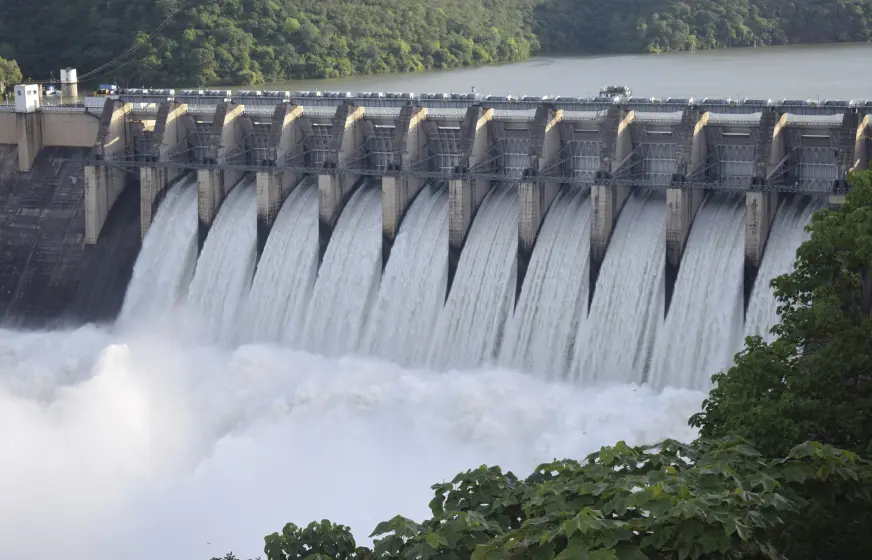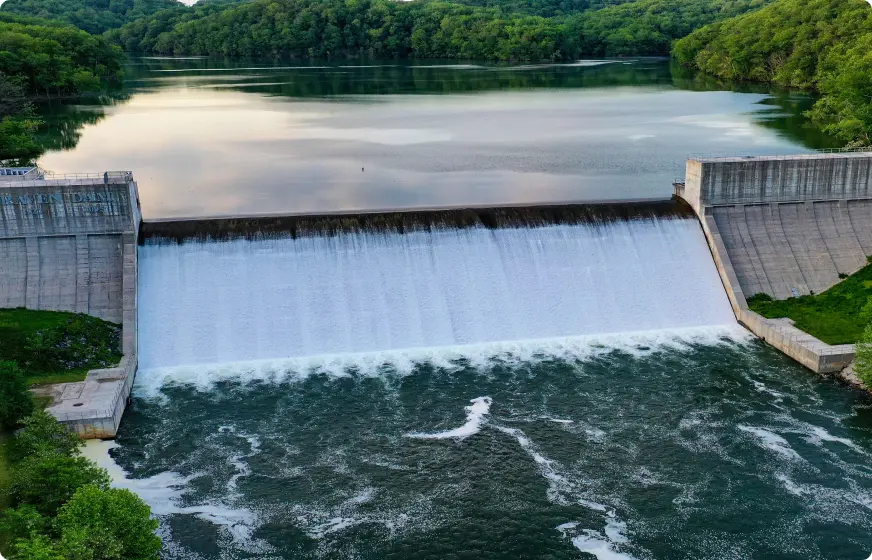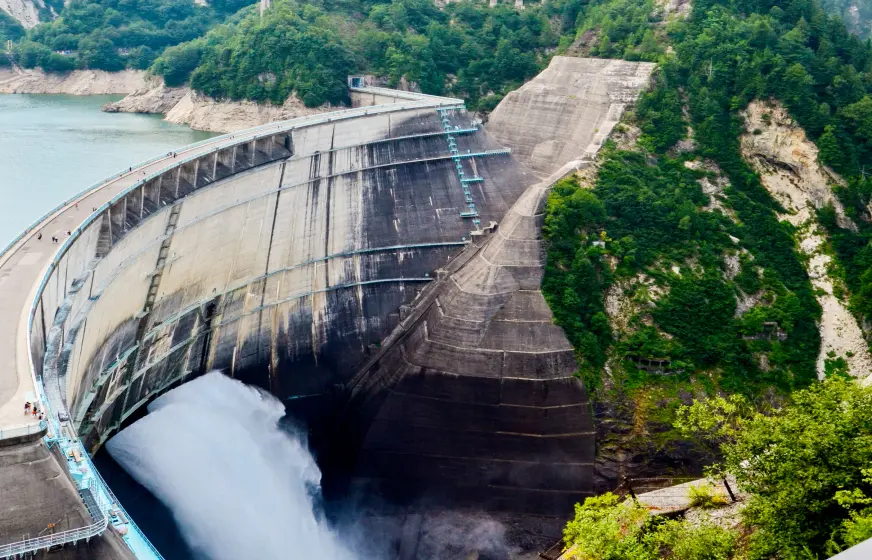
As the world strives to transition to renewable energy sources, micro hydro integration has emerged as a promising solution, particularly for remote and rural areas. This innovative approach leverages the power of small water streams to generate electricity, offering a sustainable and reliable energy source that can transform communities.
Economic Benefits
Once installed, micro hydro systems have low operational and maintenance costs. They can provide affordable electricity to rural and remote areas, reducing the need for expensive and polluting diesel generators. This can lead to significant savings for communities and households.
Environmental Sustainability
Micro hydro systems are environmentally friendly. They produce clean energy with no emissions or pollutants. Additionally, they typically have a lower ecological footprint compared to large-scale hydroelectric projects, as they do not require large dams or extensive infrastructure. This means they can be installed with minimal disruption to local ecosystems.
Energy Management System
An energy management system (EMS) monitors and controls the flow of electricity between the solar panels, battery storage, and home electrical system.
Technological Innovations
Recent advancements in technology have made micro hydro systems more efficient and accessible. Innovations such as improved turbine designs and more effective water intake systems have increased the energy output.
In conclusion, micro hydro integration offers a sustainable, reliable, and economically viable energy solution for rural and remote areas. By harnessing the power of small water streams, we can provide clean and affordable electricity, fostering development and improving the quality of life for countless communities. As we look to a greener future, micro hydro systems will undoubtedly be a key component of our renewable energy strategy.




